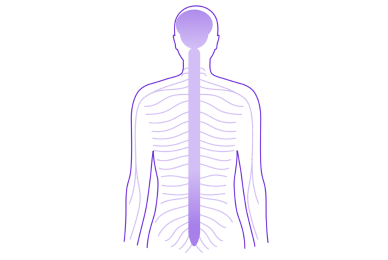Understanding the injury
The spinal cord enables communication between the brain and the rest of the body. It contains nerve cells, called neurons, and bundles of nerve fibres, or axons, that carry signals to and from the brain. All the information needed to initiate and control movement travels down the spinal cord from the brain to the muscles of the body.
You can find out more about how the spinal cord works, and how the body responds to spinal cord injury below.
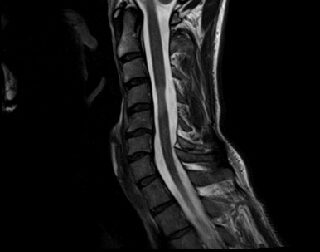
Understanding the spinal cord
Your body‘s information superhighway
Understanding the injury
Learn how the body responds to spinal cord injury.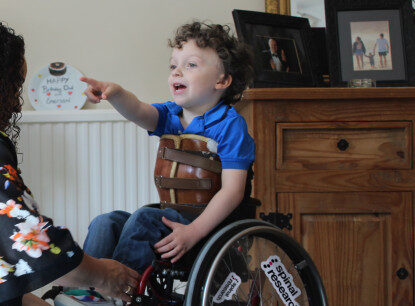
Impact of injury
Physical, emotional and psychological-the impacts of spinal cord injury are life changing.Understanding the science
The science behind spinal cord injury research can sometimes seem complicated and daunting. Dive into our resources below to gain a deeper understanding of the various types of research and common terminology used in the spinal research field.
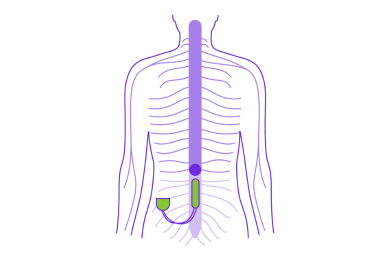
Neuromodulation
We look at some of the key questions, and potential opportunities arising from this type of therapy for paralysis.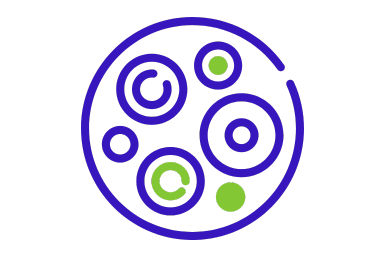
Stem cells
What exactly are stem cells, how do they work, and how could they be used in the future?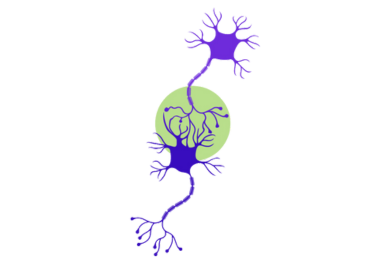
Plasticity
Plasticity is a term that is often used when talking about spinal cord injuries, but what is it and why is it important?Get involved
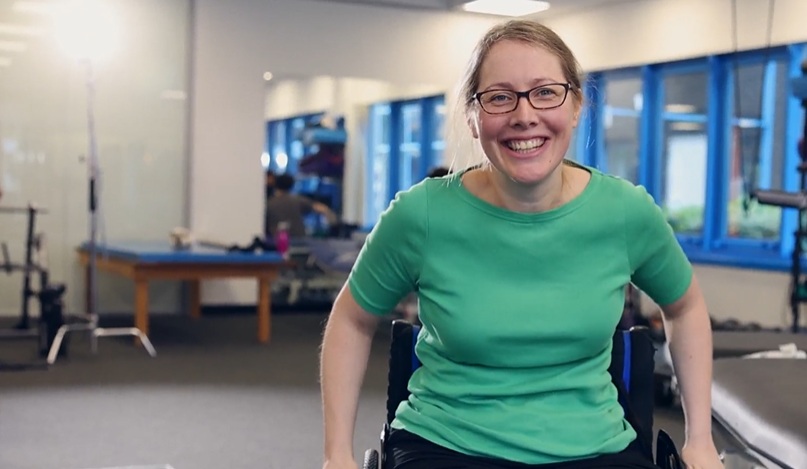
Trial Tracker
Introducing the Spinal Research Trial Tracker, your connection to clinical research on spinal cord injury.
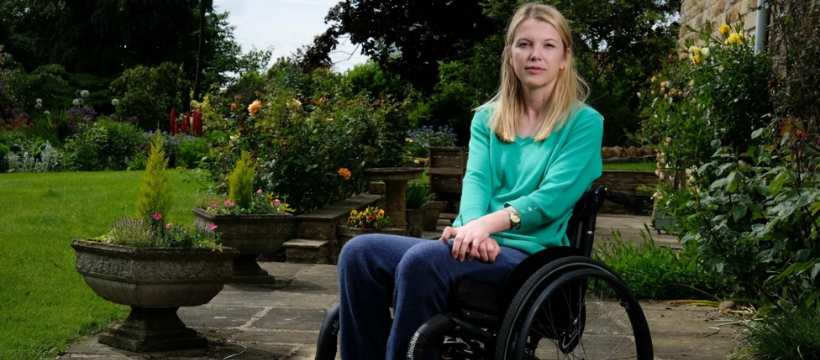
Your stories
Read the stories of people with a spinal cord injury and the hope they have that, one day, research will help them.

Supporter webinars
Join our free online supporter sessions

